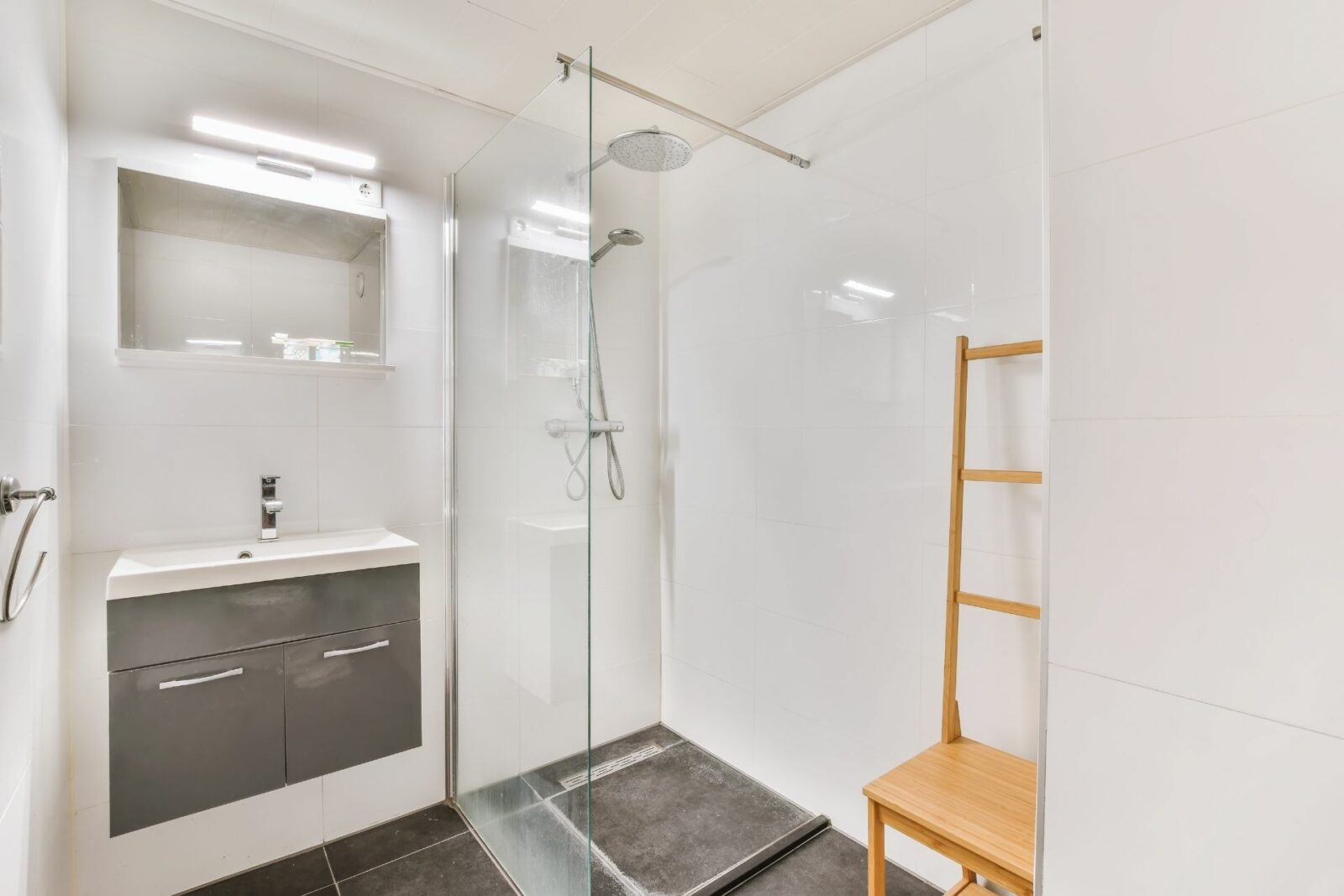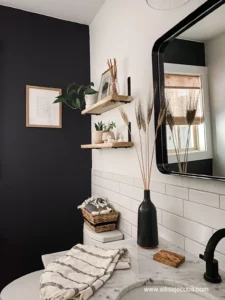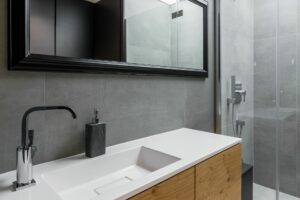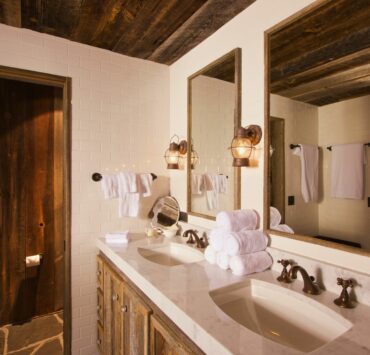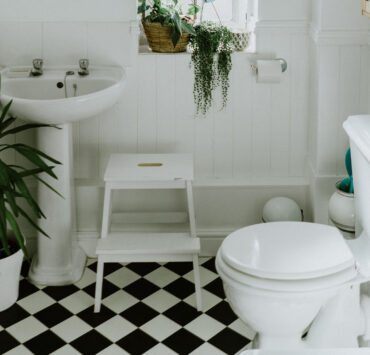A wet room is a type of bathroom that is completely waterproofed, with an open shower area that is integrated with the rest of the space. Small bathroom wet rooms can be a great option as they can create a sleek, modern look and maximize the available space. They are both functional and beautiful, even in a small space.
How Big Does a Bathroom Need to be to be a Wet Room?
The size of the bathroom needed for a wet room depends on the specific design and layout of the wet room, as well as any local building codes or regulations. In general, a wet room can be installed in a bathroom as small as 2.5 square meters, but larger bathrooms may offer more design flexibility.
5 Reasons Why Wet Rooms are a Great Addition
Easy Accessibility
One of the main advantages of a wetroom is its accessibility. Wetrooms offer easy access for those with mobility issues, such as the elderly or disabled. They are also a great option for families with young children, as there is no need to step over a high shower tray.
Space-saving
Another advantage of a wetroom is that it can save space. Since there is no need for a separate shower enclosure, you can maximize the available space in your bathroom. This is especially beneficial for smaller bathrooms, as a wetroom can create the illusion of a larger space.
Easy to Clean
Wetrooms are very easy to clean. Since the entire space is waterproofed, there are no grout lines or corners where mold and mildew can build up. This makes wetrooms very low maintenance and a great option for those who don’t want to spend a lot of time cleaning their bathroom.
Customizable
Wetrooms are highly customizable. You can choose from a variety of tiles, colors, and fixtures to create a unique and personalized space. You can also choose from different flooring options, such as anti-slip tiles or vinyl, to increase safety.
Modern and Stylish
Wetrooms offer a modern and stylish look that can increase the value of your home. They are often associated with luxury and sophistication, and can make your bathroom stand out. Wetrooms can also be a great selling point if you ever decide to sell your home.
What are the Common Problems with Wet Rooms?
While wet rooms can offer a range of benefits, they are not without their challenges. Some common problems with wet rooms include:
Drainage Issues
Wet rooms rely on effective drainage to prevent water from pooling on the floor. If the drainage system is not installed correctly, or if the floor is not properly sloped, water can accumulate and cause damage.
Waterproofing
Proper waterproofing is essential for a wet room, as any leaks or moisture can lead to mold, mildew, and other issues. It is important to choose high-quality waterproofing materials and ensure that the installation is done by experienced professionals when it comes to small bathroom wet rooms.
Slippery Floors
Wet rooms can be slippery, particularly if the floor is not textured or if there is not enough grip. This can be a safety hazard, particularly for older adults or those with mobility issues.
Ventilation
Wet rooms can be humid and damp, which can lead to mold and mildew growth if not properly ventilated. It is important to install adequate ventilation systems, such as fans or windows, to prevent moisture buildup.
Is a Wet Room Better than a Shower?
Whether a wet room is better than a shower depends on your specific needs and preferences. Wet rooms can offer a range of benefits, such as a streamlined, modern look, easy accessibility, and increased flexibility in design. However, small bathroom wet rooms can also be more expensive to install, and they require careful attention to drainage and waterproofing.
Showers, on the other hand, are a more traditional option and can offer a range of features, such as adjustable water pressure, temperature control, and massage functions. Ultimately, the choice between a wet room and a shower depends on your personal preferences, budget, and bathroom layout.
